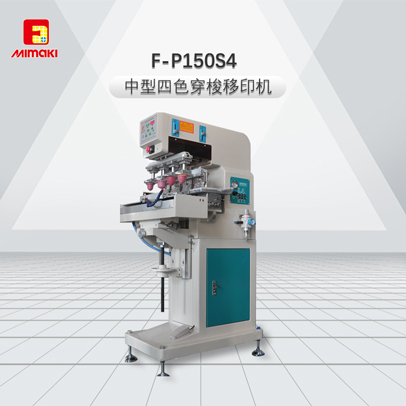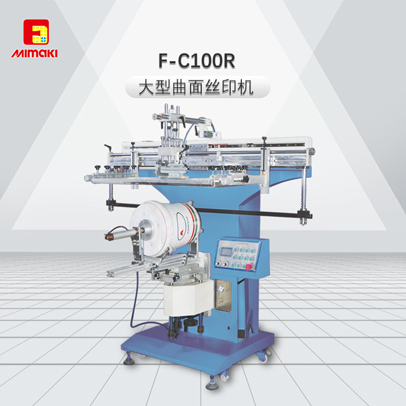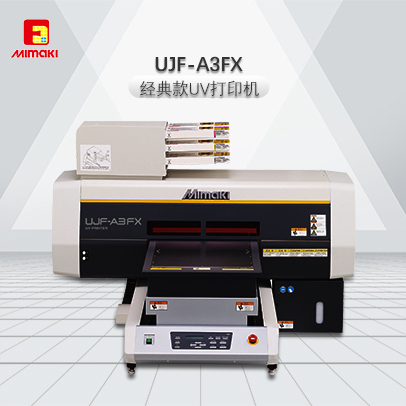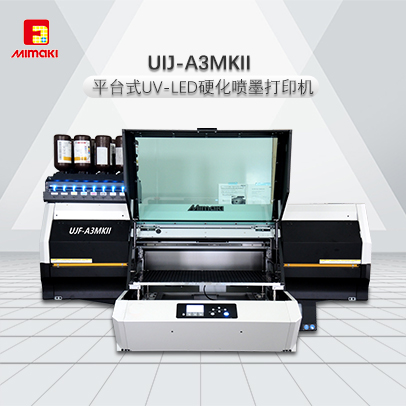富發新聞
當前位置:深圳市富發牌實業有限公司 - 富發新聞Screen Printing technology
點擊: 日期:2013-4-6 字體大小:14px 12px
1. What is screen printing ?
Screen printing is also named silk screening. It is a printing technique specially suited for flat and relatively flat surfaces.
The heart of the process contains a nice mesh or screen that is stretched around a rigid frame.The area that is not to
be printed are masked out on the screen.In order to create the print,the framed screen is positioned over the item to
be printed along with a dollop of the thick ink. A squeegee is then used to process the ink through the screen.The
masked area can prevent ink from passing through,but the unmasked area allow the ink to be imprinted on the
material.The final step is to send the item on a conveyor belt through a heat-tunnel. This curing process ensures
that the links dry quickly so that the materials can be stacked or packaged. Properly cured inks will remain on the
printed substrate even under harsh conditions.
If more colors are desired in the final design, the process is repeated with different screens. Therefore, a design
that requires four different colors would require four different screens. The screens are usually placed on a rotary
press which allows the different color prints to be properly aligned or registered with each other. Some
screen-printers have fully automatic presses that do not require any manual labor other than set-up and loading
/unloading.
2. The principle of screen printing
Screen printing is a print made by pushing ink through a screen. It is basically a stencil technique. The number of
prints un an edition is limited, as is true of lithographs etchings and other printmaking techniques. The number of
each print in the edition is signified by a number such as 18/20 which means that this particular copy is the 18th
of an edition limited to twenty prints.
The use of a screen with silk bolting cloth as a stencil carrier was developed in Europe in the early 20th Century.
The method most widely used today is essentially the same though more refined. The screen is a frame of wood
or metal with silk cloth or other material stretched drum-tight over it. Nylon and polyester monofilament material
are at this time preferred over silk by most screen printers. These synthetic fibers are tougher, longer lasting,
easier to clean, do not absorb ink resins and fats, can be reclaimed after using with photo emulsion, and they
print more sharply than silk. Organdy, Dacron and stainless steel mesh can also be used.
The stencil is either attached to or formed on the screen. The screen is then hinged to a printing support, usually
a table, which has register tabs to position each sheet of paper correctly. Then ink is pushed through from the
top side with a special squeegee onto the printing paper underneath.
相關文章
- 2021-8-3富發MIMAKI UV噴墨打印機燃爆全場!
- 2021-7-28UV打印機飛墨的原因以及處理辦法
- 2020-12-2uv平板打印機給產品賦能,市場前景更遼闊!
- 2020-8-25什么品牌的UV打印機打印效果好?
- 2020-8-24如何購買一臺物超所值的uv平板打印機?














評論信息
共有: 條評論信息